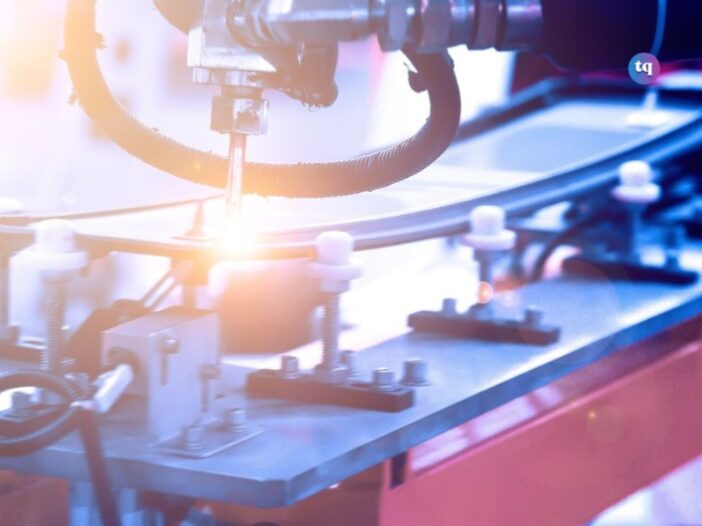
Have you ever wondered how your windshield protects you on the road? The process might seem like magic, but it’s a carefully orchestrated sequence of steps grounded in physics, chemistry, and engineering.
By exploring the windshield manufacturing process, you’ll gain insights into the complex steps involved and the rigorous quality checks that ensure your safety.
Table of Contents
Raw Materials Used in Windshield Production
The primary ingredient in windshield production is silica sand. This high-purity sand is essential for making quality glass. Other key ingredients include soda ash, limestone, and various additives that improve the properties of the glass.
Before the sand can be used, it undergoes a purification process to remove any impurities. This ensures that the final glass product is clear and free from defects. The purified sand and other additives are then mixed in precise proportions. This mixture, known as the batch, is ready to be melted into glass.
Melting and Forming the Glass
The batch is fed into a furnace that heats it to temperatures exceeding 2,900°F. At this extreme heat, the mixture melts into a molten glass.
The molten glass is then poured onto a bed of molten tin in a process known as float glass production. The glass floats on the tin, forming a perfectly flat, smooth sheet. This method is widely used for its efficiency and the high quality of the resulting glass. Once the glass sheet has cooled and solidified, it is cut into the required sizes for windshields.
Laminating the Glass
To create laminated glass, two sheets of glass are bonded together with a layer of polyvinyl butyral (PVB) in between. PVB is crucial because it holds the glass layers together in the event of breakage, preventing dangerous shards.
The laminated glass is then placed in an autoclave, a high-pressure oven. Here, heat and pressure are applied to fuse the glass and PVB layers together, creating a strong, durable bond. Before leaving the autoclave, each windshield undergoes rigorous quality checks. These tests ensure the lamination is flawless and meets safety standards.
Shaping and Fitting the Windshield
Windshields need to match the specific curvature and dimensions of different vehicle models. Custom molds heat and shape flat glass sheets to precise specifications.
After shaping, the edges of the windshields are trimmed and polished. This step ensures a perfect fit and prevents sharp edges that could cause injuries during installation. Each windshield is fitted into a mock vehicle frame to ensure it meets the exact specifications. This step is crucial for confirming that the windshield will fit perfectly in the final vehicle.
Safety Testing Windshields
Windshields must be able to withstand impacts from flying debris. Tests simulate these conditions to ensure the glass won’t shatter upon impact.
Windshields are subjected to various stress tests, including temperature fluctuations and mechanical stress, to ensure they can handle different driving conditions. Understanding the different types of windshield cracks is essential to this process. Windshields undergo visual inspections and optical tests to ensure they don’t distort the driver’s view.
Enhancing Automotive Safety
There are all sorts of new technologies shaping the future of automobile design. However, windshields will likely continue to play a crucial role in driver and passenger safety, incorporating advanced materials and technologies to enhance performance. Exploring and understanding the windshield manufacturing process not only deepens our appreciation for this everyday item but also underscores the importance of quality and innovation in automotive safety.